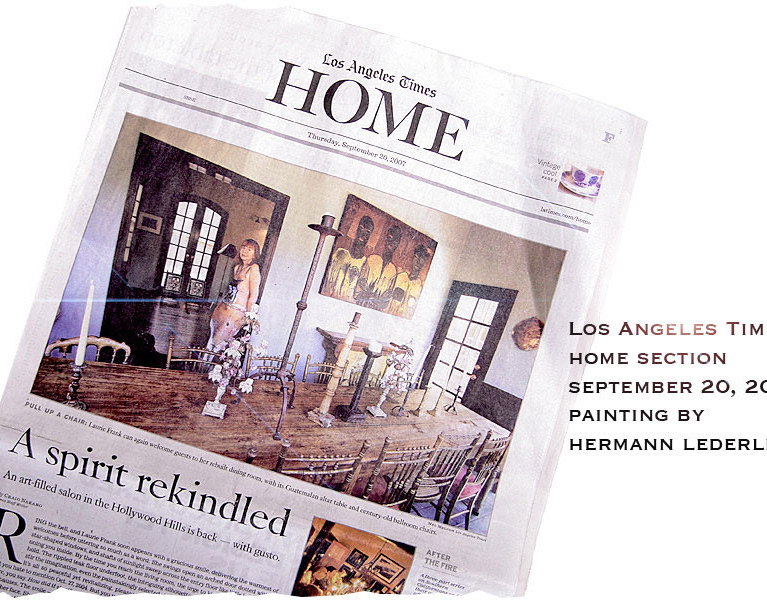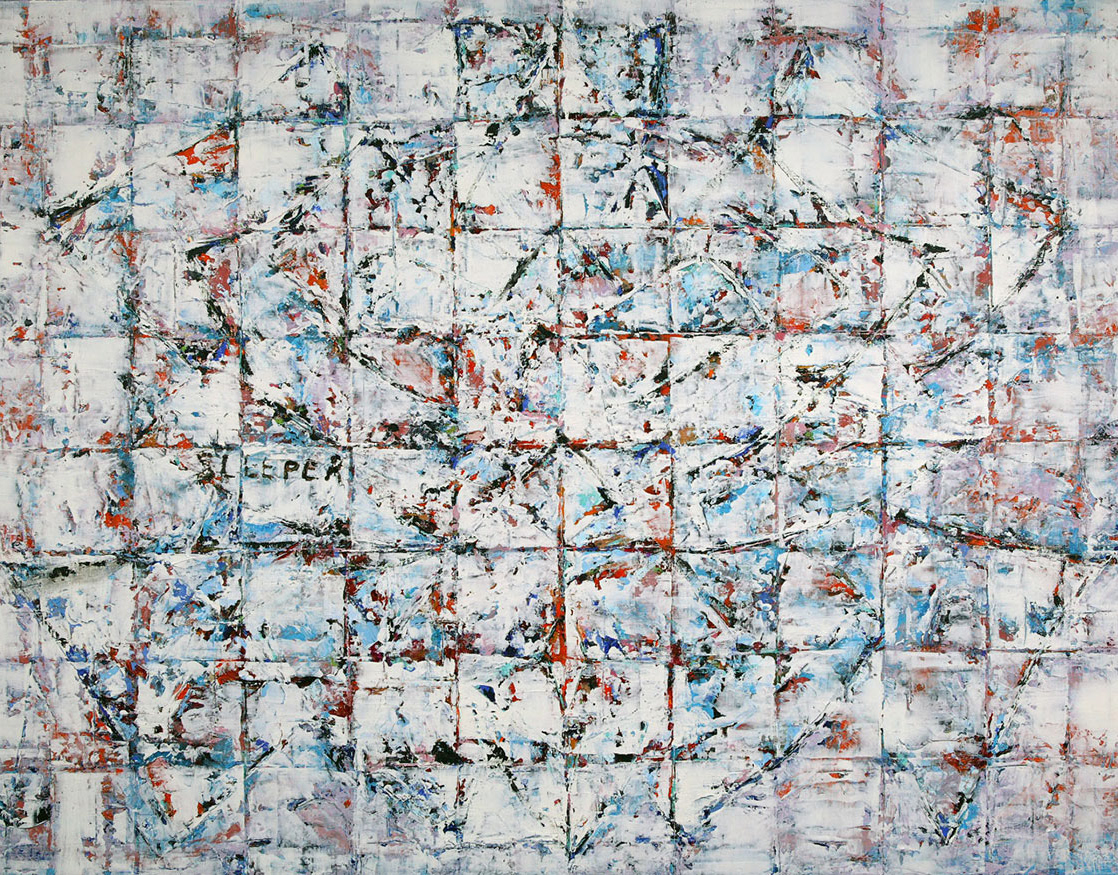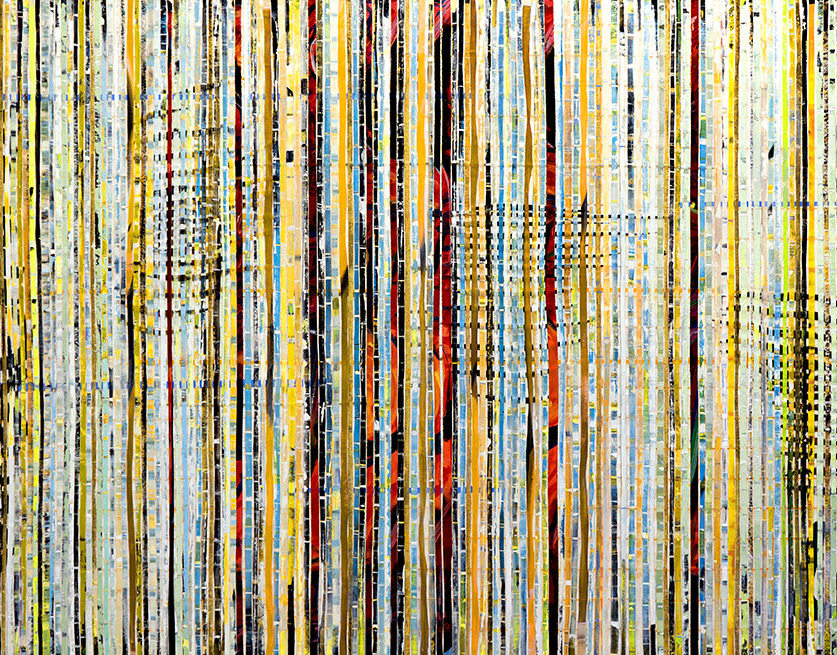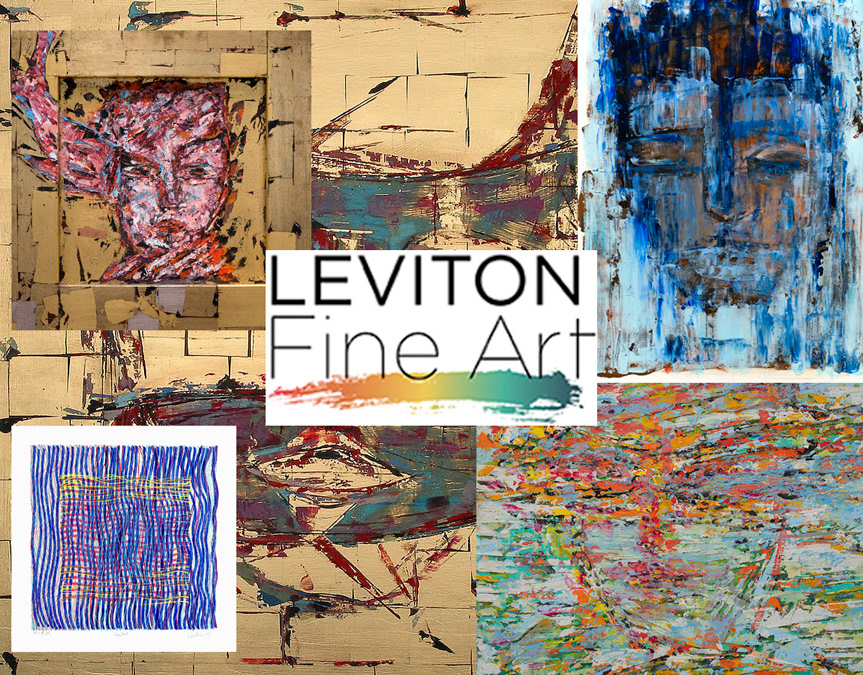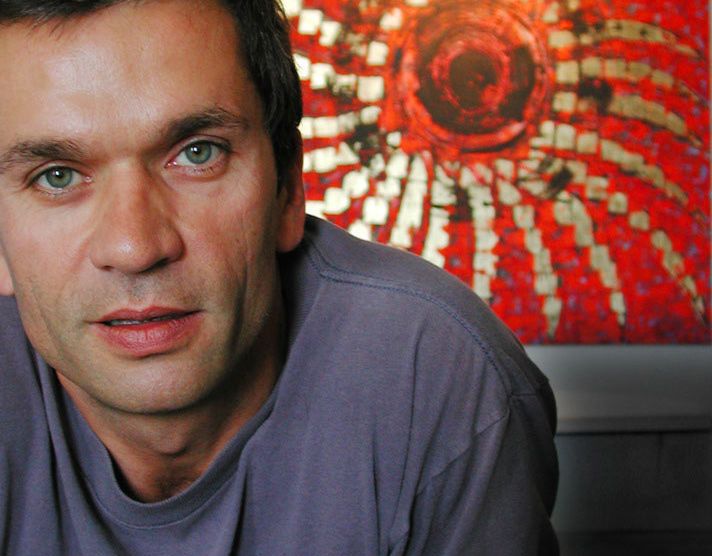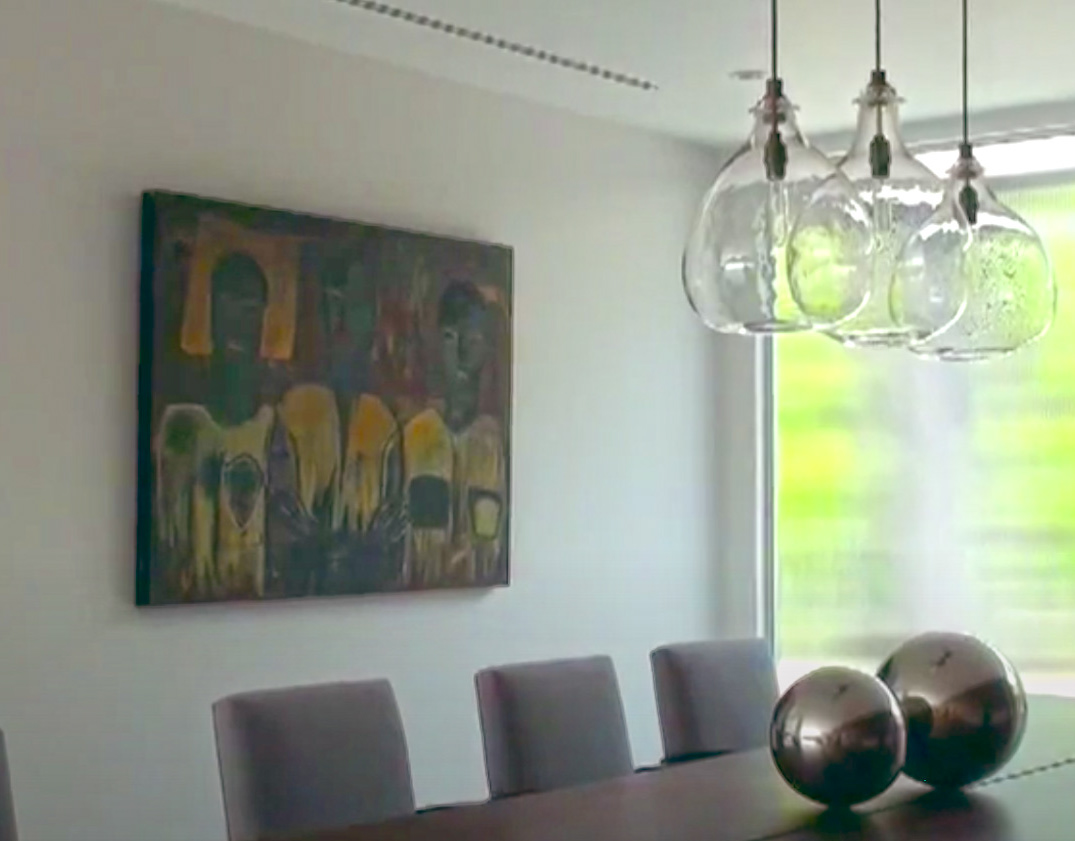ARTWEEK SAN FRANCISCO
Hermann Lederle’s new work at Lawson Galleries perfectly illustrates Jose Orega y Gasset’s contention in The Modern Theme that art, along with culture, reason and ethics, must enter the service of life. Ortega y Gasset prescribes, among other things, an art that is spontaneous, athletic and imbued with vitality; he finds it most apt that modern public history began on a tennis court in France.
Ortega y Gasset discerns a one-sided tendency in modern European history, the intellectual heritage into which Lederle, a German, was born. Here, there was a separation of culture and life as art distanced itself from the spontaneous life of the person considering it and acquired a consistency of its own: culture thereby became objective, set up in opposition to the subconscious that engendered it (this conceit informs a large part of Michel Foucault’s The Order of Things). Culture, says Ortega Y Gasset, survives only when those who make art and those who view it inject it with a constant flow of vitality. Pictorially this can be illustrated by the difference in conception between the work of Lederle and his contemporaries Julian Schnabel, Francesco Clemente and Mimmo Palladino.
The figures seen in the work of Schnabel, Palladino and Clemente are taciturn, drawn, permanently in crisis, as if they have embarked upon a bleak search for meaning in an otherwise solipsistic life. By the wholesale appropriation of images drawn from mass media, popular culture and art history, these esthetic scavengers, particularly Clemente, set themselves adrift across cultures and styles in an attempt to recover timeless truths on behalf of the modern experience.
Lederle’s work, too, falls within the ambit of modern expressionism in that it demonstrates, to a certain degree, the failure of traditional symbols to move us and the need to galvanize them with a shot of heroic energy. The result, ironically, is purely a superficial attraction. Take, for example, Election (1985), which presents symbols in search of a context in what amounts to an iconographical shopping list. It includes a tongue-tied figure with awkward hands, acting like a wallflower at a dance. Beside him hovers a fish and one of those little Keith Haring "Gumby" figures, looking surprisingly enervated. This is a spent art, as if the artist is waiting for someone (but who?) to pull the strings so his paintings can start moving. But there is more to Lederle’s work than this.
BLUE FALL, OIL ON CANVAS, 68 BY 44 INCHES, 1985
Lederle’s work, granted, does posit a strain of angst – a stylistic loan from Kirchner or maybe Nolde. This gives the work its sense of a potential for crude force and implies a desire, like that of his German forebears, to wipe the cultural slate clean. But Lederle’s strain of angst is unlike that of his contemporaries; it is less virulent and more acrobatic: yes, the figures are almost sculptural, pared down with that coloring-book black line, but the atmosphere is more charged, more affirmative. The works are most effective when they stop struggling to be iconographically sound and instead spontaneously react to their contrived environment. Blue Fall (1986), one of the best pictures in the show, depicts a Picasso saltimbanque rescuing an Avignon demoiselle who has a Franz Marc horse’s rump. The theme is heroic both in conception and execution – a rich bravura style married to a palpable context.
This is an artist who has assimilated all the cannibalistic tendencies that surround him and has decided that such feckless accumulation is not for his palette. Each of his figures, so reminiscent of everyone else’s, is unique in its determination not to ride the existential merry-go-round – note how each figure about to embark on one of those patented trans-historical voyages is anchored to a person or an object. Lederle’s is an art which, when offered the easy way out into styles, kitch and pop culture, has heroically decided when enough chicanery is enough.
BY JAMES SCARBOROUGH
ARTWEEK SAN FRANCISCO 1987

